Hanoi Old Quarter: A Journey Through Time and Culture
Tucked in the busy center of Vietnam, Hanoi Old Quarter is a fascinating fusion of history, culture, and custom. Known locally as “Pho Co,” this energetic neighborhood embraces the pulse of modern life while providing a view into Hanoi’s rich past. Let MOTOGO Tours explore this site.
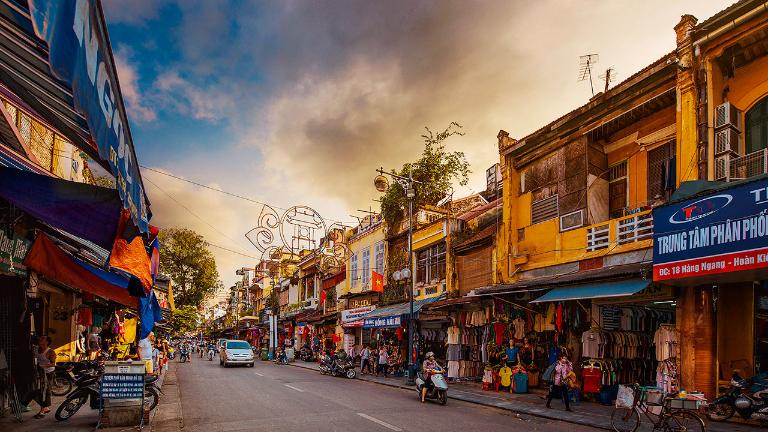
Historical Significance of Hanoi Old Quarter
The Hanoi Old Quarter is not simply a collection of tiny lanes and lively markets; it’s a living museum that has retained the essence of Hanoi’s history for over a millennium. Here is a closer view of the rich past that makes the Old Quarter a veritable gold mine for both visitors and historians.
Ancient Origins
Under King Ly Thai To’s rule, who relocated the capital of Dai Viet (now Vietnam) from Hoa Lu to what is now Hanoi, the Hanoi Old Quarter originated in the eleventh century. Strategically close to the Red River, which was essential for trade and transportation, the area developed into the Old Quarter was This ideal site made the Old Quarter a natural center for business, drawing traders and artists from all around.
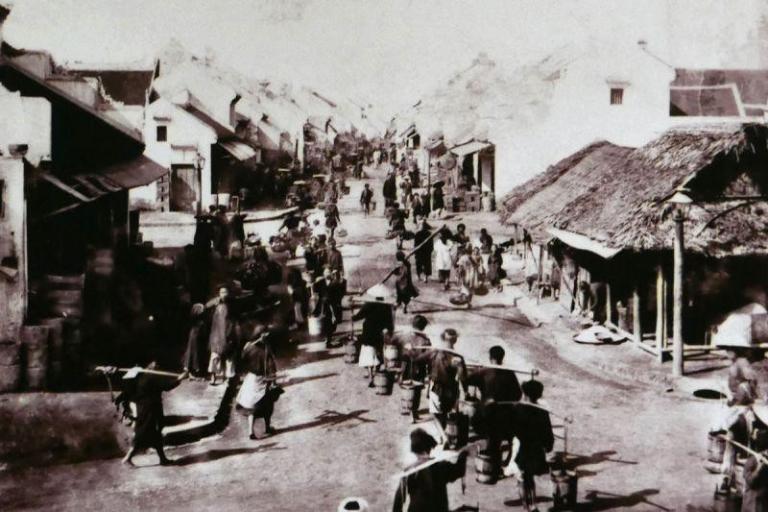
The neighborhood expanded and the region became a system of specialized streets, each devoted to a particular trade or craft. As is still done today, these streets were named after the products sold there. For example, Hang Bac Street was well-known for its silverwares, whereas Hang Gai Street focused in silk. This unusual arrangement prepared the ground for the Old Quarter’s reputation as a hive of trade.
Colonial Influence
Beginning in the middle of the 19th century, the French colonial era changed Hanoi fundamentally and left a lasting mark on the Old Quarter. Along with new architectural styles, urban planning ideas, and cultural influences, the French brought Maintaining its traditional Vietnamese character, the Old Quarter started to combine these modern components to create an amazing East and West mix.

Architectural legacy of French colonialism in the Old Quarter is among most obvious ones. The famous “shophouses,” which offered a useful solution for the busy commercial area—living quarters mixed with business spaces—were brought by the French. Together with classic Vietnamese tube houses, these buildings with their unique balconies, shutters, and ornamental elements provide a distinctive architectural scene reflecting the cultural hybridity of Hanoi during this era.
>>> Let’s see more: History of Hanoi: A Journey Through Vietnam’s Capital
Modern Era and Preservation Efforts
Hanoi Old Quarter has kept changing in the post-colonial era to strike a mix between modernism’s needs and historical preservation. As Vietnam experienced times of conflict and economic struggle in the middle of the 20th century, the Old Quarter stayed strong and became the center of focus for cultural preservation and resistance.
Growing knowledge of the need of preserving the historical and cultural legacy of the Old Quarter has come from recent years. To protect the architectural integrity of the area and encourage sustainable tourism, both local government and foreign groups have started several preservation projects. Old buildings have been restored, new construction has been controlled, and traditional trades and crafts handed down through the years have been kept alive.
Considered a national treasure today, the Hanoi Old Quarter is a frequent destination for both residents and visitors. The stories of the people who have lived, worked, and flourished in the Old Quarter for more than a millennium define its historical value in more than simply its antique architecture or well-known streets.
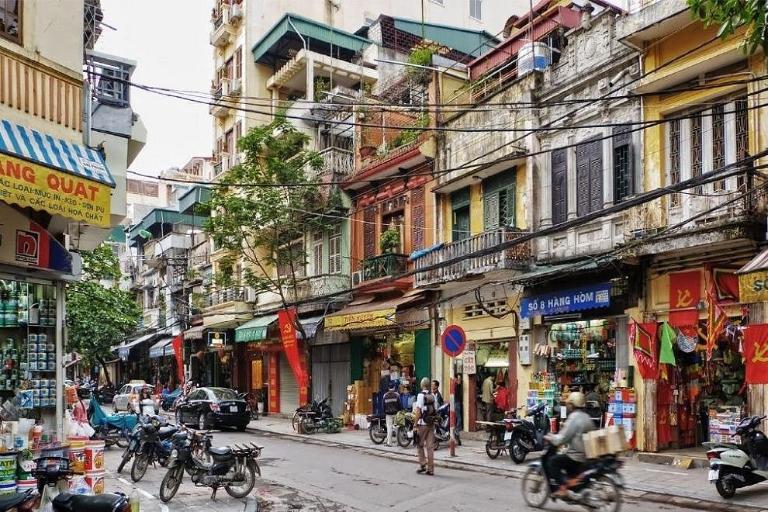
Cultural Heritage of Hanoi Old Quarter
Capturing the core of Vietnamese cultural legacy, the Hanoi Old Quarter is a living museum. This is a place where current life, history, and custom coexist in a harmonic mix to create a distinctive cultural scene attracting tourists from all around the world.
Traditional Architecture
The long and legendary past of Hanoi Old Quarter is shown in its architecture. Among the most unique elements are “tube houses,” which are elongated, narrow constructions from the early days of the city. Many residences are just a few meters wide but stretch deep into the block, producing a peculiar urban design that is both useful and interesting.
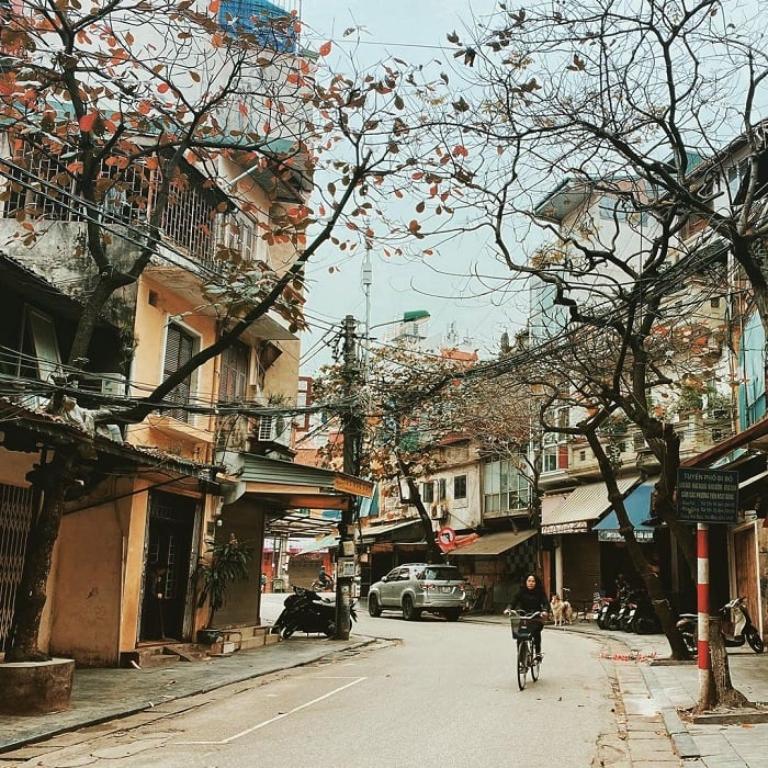
Usually combining Vietnamese, Chinese, and French architectural features, these tube houses Ornate elements reflecting traditional Vietnamese design abound on the facades: tiled rooftops and wooden sculptures. Usually, the homes are arranged inside around little courtyards that provide ventilation and natural illumination.
Apart from the tube houses, the Old Quarter boasts several French colonial structures, therefore augmenting the architectural variety of the neighborhood. With their stately façade, balconies, and shuttered windows, these buildings are relics of the French influence throughout the colonial era. A distinctive architectural tapestry created by these several forms is a trademark of the cultural legacy of the Old Quarter.
Religious Sites
In the Hanoi Old Quarter, spirituality and religion permeate every day life. Numerous temples, pagodas, and communal homes scattered over the area provide venues of worship, social gathering, and cultural preservation.
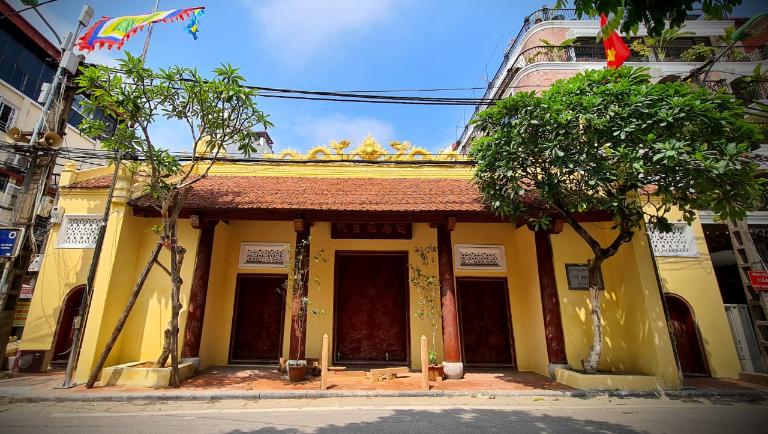
The Bach Ma Temple is among the most conspicuous religious sites in the Old Quarter. Apart from a place of worship, the Bach Ma Temple represents Hanoi’s continuing spirit and its link with old customs. By seeing centuries-old customs and rites, visitors to the temple can get a window into the spiritual life of the nearby society.
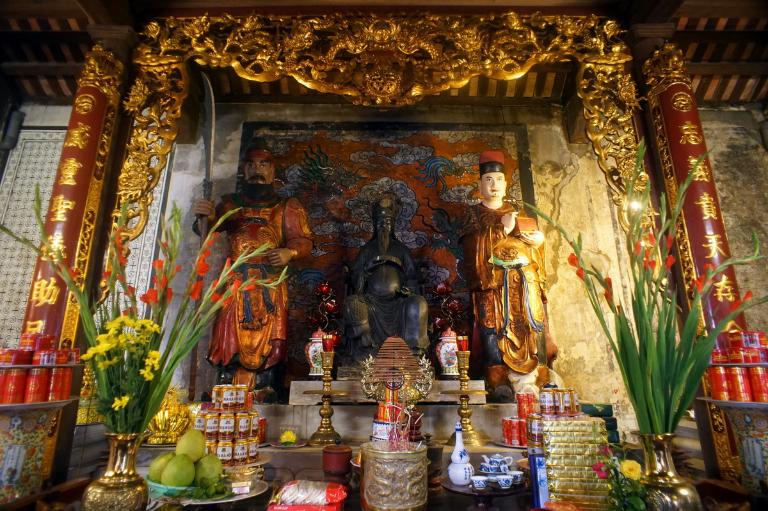
The Quan Đe Temple, sometimes known as the Temple of Guan Yu, is still another significant religious site. Dedicated to Guan Yu, a fabled general respected in both Chinese and Vietnamese civilizations for his devotion, moral character, and martial ability, this temple Reflecting the great impact of Chinese culture in the surroundings, the temple is a major cultural monument.
Several Buddhist pagodas, which are essential to the spiritual scene of the Hanoi Old Quarter, also call there home. Among the bustle of the Old Quarter, these pagodas—like the Kim Co Pagoda—offer calm areas for meditation and introspection. Often featuring elaborate sculptures, altars loaded with incense, and lovely gardens, the pagodas offer a quiet haven from the crowded streets outside.
>>> Explore: Hanoi’s Pagodas: Cultural & Spiritual Highlights
The distinct feature of the Old Quarter in Hanoi
To the west and north of Hoan Kiem Lake sits Hanoi Old Quarter. There are 36 streets making up this historic area. Visiting this region provides a window into the customs, socioeconomic situation, and daily life of the people who lived on the historic Thang Long Citadel.
The craft streets of the Old Quarter are among its most unique elements. Skilled artists from nearby craft villages came together here to collaborate and create traditional craft quarters, emerging from the junction of their expertise.
Among the most well-known craft markets within the Old Quarter are:
- Hang Bong Street: Specializing in quilts, blankets, and cushions.
- Hang Bac Street: Known for its gold and silver jewelry.
- Hang Gai Street: Offering a variety of fabrics.
- Hang Ma Street: Specializing in votive paper, offerings, decorations, toys for the Mid-Autumn Festival, and Christmas items.
- Hang Quat Street: Focusing on offerings.
- Hang Buom Street: Selling sweets and jams for Tet, the Vietnamese Lunar New Year.
- Hang Thiec Street: Involved in metal processing, casting tin and iron into household items.
- Ma May Street: Providing travel and tourism services.

Local Cuisine of Hanoi Old Quarter
Renowned for its robust cuisine scene—a gastronomic mirror of Vietnam’s rich cultural legacy—the Hanoi Old Quarter is From little traditional eateries to busy street food vendors, the neighborhood presents a wide range of dining choices to suit every taste and inclination.
- Pho: Often considered as Vietnam’s national cuisine, Pho is a fragrant noodle soup prepared from rice noodles, a clear, delicious broth, and either beef or chicken. Renowned for this classic meal is Pho Bat Dan on Dao Duy Tu Street.
- Banh mi: A Vietnamese baguette loaded with grilled meats, pickled veggies, cilantro, and spicy mayonnaise, banh mi is a blend of French and Vietnamese inspirations. Perfect street cuisine for a quick and filling dinner is this bread.
- Bun Cha: This dish consists of grilled pork patties and belly slices served over a bed of rice noodles with a side of sweet and tangy dipping sauce make up Bun Cha. It’s often accompanied by fresh herbs and vegetables.
- Spring Rolls: Made on rice paper, these fresh spring rolls usually fill with shrimp, pork, fresh herbs, and vermicelli noodles. They accompany a sweet and sour fish sauce or a zesty peanut dipping sauce.
- Chè: One must-try Vietnamese dessert is Che ( Vietnamese Sweet Soup). Made from a range of ingredients including beans, fruits, and coconut milk, this sweet—often cold—dessert can be found It’s ideal for a hot day’s cool-down.
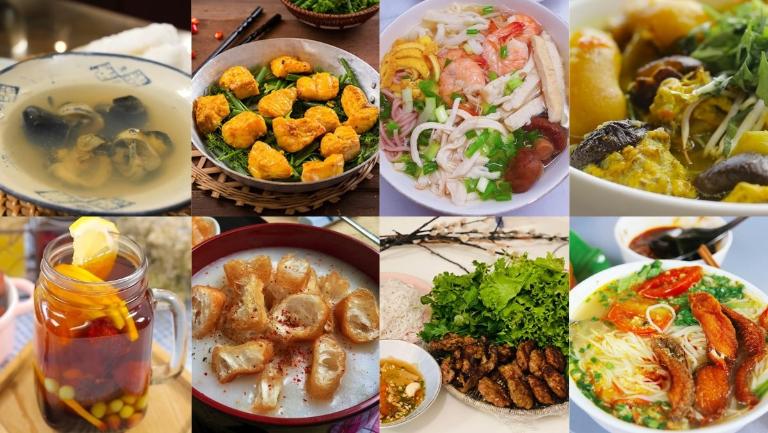
Unique Shopping Experience in Hanoi Old Quarter
Like the neighbourhood itself, the shopping experience in Hanoi Old Quarter is vivid and varied. Here’s a closer look at what shopping in this ancient area of Hanoi will reveal.
Local Markets
Offering a wide selection of products, Dong Xuan Market is the biggest and most well-liked market in the Old Quarter Situated in a historic structure, this vast market has sections devoted to all kinds of merchandise. Everything from fresh vegetables and neighborhood snacks to clothes and houseware is found here.
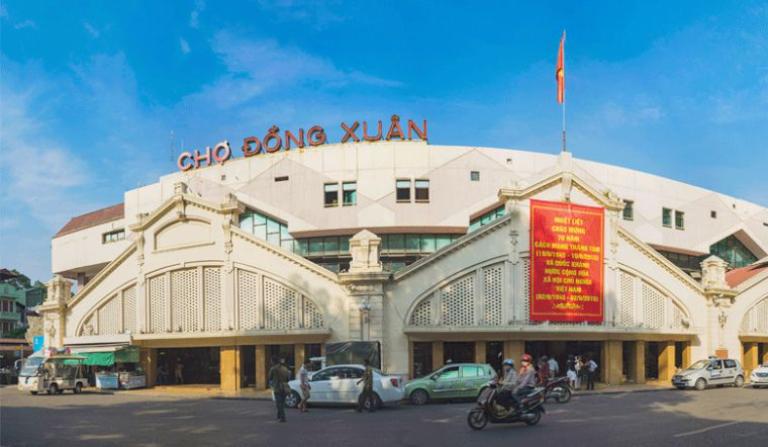
One more attraction of shopping in the Old Quarter are night markets. The most well-known is the Friday, Saturday, Sunday evening Weekend Night Market. Stretching along Hang Dao Street and environs, this market becomes a lively street festival including vendors offering a range of items. Anyone wishing to enjoy Hanoi’s vibrant nightlife and commercial scene has to visit Hanoi night markets.
Artisan Shops
For those who enjoy traditional crafts, the Old Quarter is full of handcrafted items created by nearby artists in several artisan stores. Through their goods, these stores highlight Vietnam’s rich cultural legacy.
Particularly on Hang Gai Street, silk shops are extremely remarkable. High-quality silk goods include traditional Vietnamese clothing like the áo dài, scarves, and accessories abound on this street. Visiting these stores offers a chance to view talented weavers in action and buy beautiful silk goods reflecting the local artistry.
Another feature are Lacquerware Shops. Beautiful and durable, Vietnamese lacquerware is found in many stores in the Old Quarter where you may find finely crafted lacquered objects including bowls, platters, and decorative accents. These stores sometimes have a selection of ordinary daily objects as well as intricate, hand-painted artwork.
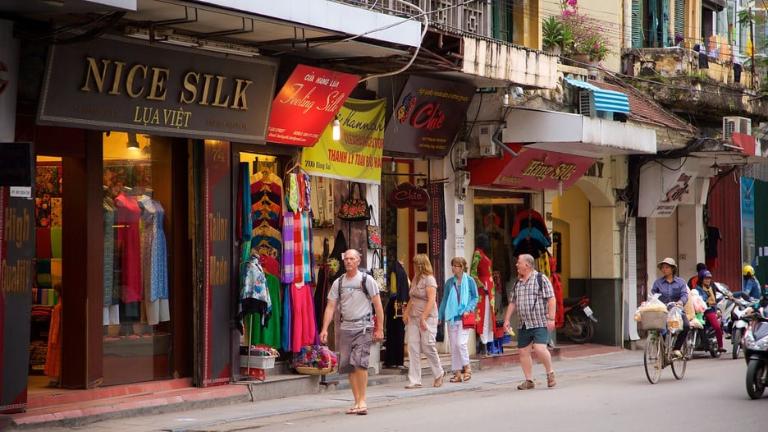
Souvenirs
Regarding mementos, the Old Quarter has a rainbow of choices fit for every price and taste. These are some often sought-after mementos you could want:
- Iconic Vietnamese objects that are great keepsakes are traditional hats (nón lá). Practically and symbolically, these conical straw caps reflect Vietnam’s rural past. They are really plentiful in several sizes and designs.
- Still another great possibility are hand-painted ceramics. Local craftspeople create exquisite ceramics using classic shapes and patterns. Beautiful keepsakes of your vacation can be created from objects including teapots, dishes, and vases.
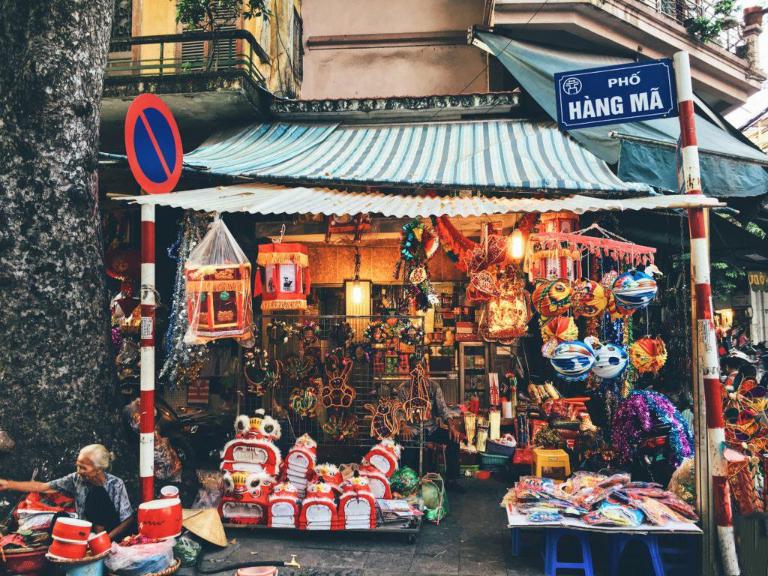
Tips for Visiting Hanoi Old Quarter
Best Time to Visit
The ideal times to visit Hanoi Old Quarter are autumn (September to November) or spring (March to May), when the temperature is nice and comfortable. The weather could be erratic, hence avoid going during the rainy season (June to August) or during the winter (December to February).
Transportation Options
Walking is the easiest way to reach the Hanoi Old Quarter, hence it’s an excellent spot to go on foot exploration. If you would rather take public transit, though, there are plenty of choices including buses, taxis and motorbikes. For a different and real experience, you may also pay for a cyclo, a classic Vietnamese pedicab.

In addition, to enhance your experience, you can choose guided tours like Hanoi Motorbike Tours. They will provide a comprehensive overview of Hanoi Old Quarter’s history and significance
Accommodation Choices
The Hanoi Old Quarter offers a great spectrum of lodging choices to fit any budget when traveling Hanoi. You will be sure to discover a place to stay that fits your needs from luxury hotels to cheap hostels and guesthouses.
The Old Quarter offers several of reasonably priced lodging choices if your budget is tight. One excellent method to meet other guests and cut costs is by staying in guesthouses or hostels. While many of these lodging provide communal rooms, you can also locate individual rooms should you so like.
The Old Quarter boasts various upscale hotels for people looking for a more opulent experience. Among the first-rate conveniences these hotels provide are swimming pools, spas, and excellent eating establishments. Although they could be more costly, they offer a handy and pleasant base for seeing the city.

Safety Tips
Although the Hanoi Old Quarter is usually a secure area to visit, one should exercise some fundamental safety measures. Especially in crowded places, be cautious of your surroundings; avoid carrying too much cash or valuables as well. Learning some simple Vietnamese words will also allow you to interact with residents.
Respecting local customs and traditions is vital while visiting the Hanoi Old Quarter. This covers avoiding noisy and disruptive conduct, dressing modestly, and considering noise levels. Following these rules will allow you to guarantee everyone’s happy and fun experience.
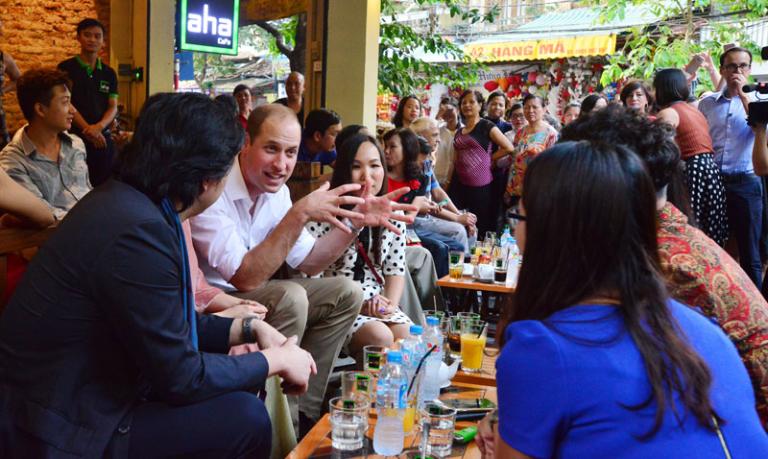
For visitors from all walks of life, the timeless Hanoi Old Quarter presents a singular and remarkable experience. With its rich history, stunning architecture, vibrant culture, and delectable cuisine, the Old Quarter is a top tourist attractions in Hanoi.
Related Posts:
- Tran Quoc Pagoda: Hanoi’s Oldest and Most Revered Buddhist Site
- The Bat Trang Pottery Village: A Must-visit Destination in Hanoi
- The One Pillar Pagoda: Discover Vietnam’s Cultural Jewel
- Hanoi Ceramic Mosaic Mural: A Masterpiece of Art & Culture
- Phung Hung Mural Street: A Vibrant Tapestry of Art and Culture in Hanoi

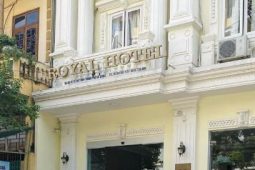



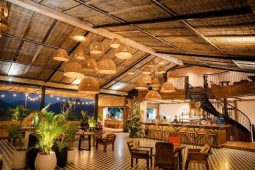




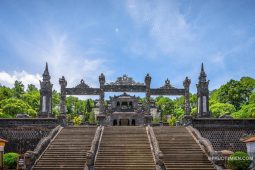
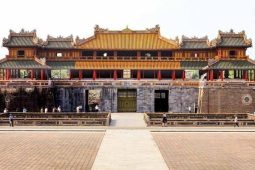


Be the first to comment!